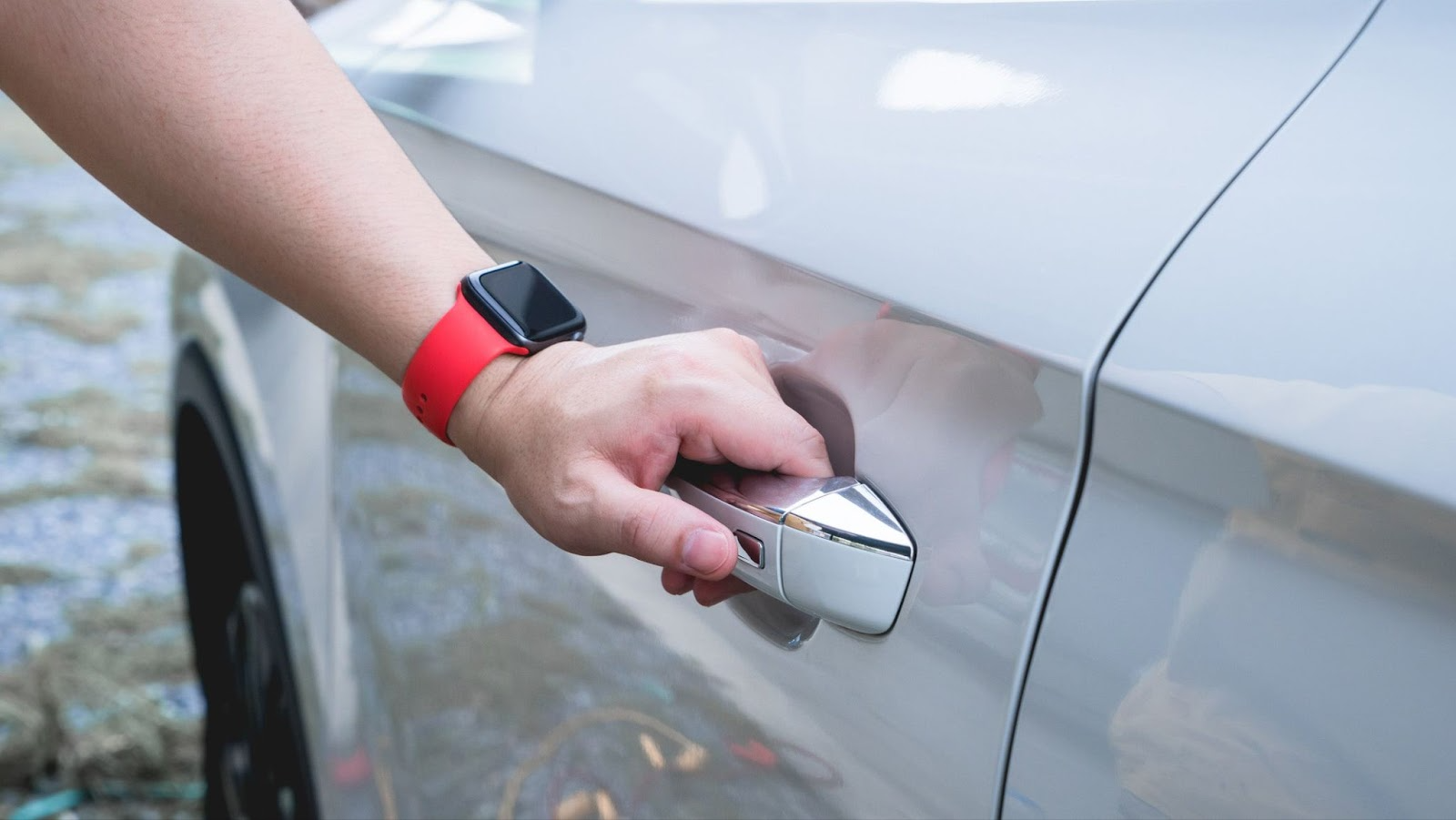Are Keyless Entry and Push Start Systems Vulnerable to Hacking?

(Photo credit: motorpoint)
What are Keyless Entry and Push Start Systems?
Modern vehicles increasingly come equipped with Keyless Entry and Push Start systems. These features allow drivers to unlock and start their cars without physically inserting or even touching a key. As long as the key fob is within a certain proximity, the vehicle can detect it, unlock the doors automatically, and allow the engine to start with the push of a button.
This seamless experience is both convenient and futuristic. However, questions remain: Is it really safe? And Can these systems be hacked or exploited by criminals?
Potential Risks of Keyless and Push Start Systems
Despite ongoing improvements, reports of car thefts involving keyless systems have become increasingly common. Here are some methods that hackers or thieves may use:
1. Relay Attack
This is one of the most well-known methods. Criminals use two devices: one captures the signal from the key fob inside your home, and the other relays it to the vehicle. The car falsely detects the key nearby and unlocks, allowing thieves to drive off while the real key remains inside the house.
2. Signal Amplification
Some devices can amplify the signal from a key fob beyond its normal range. This enables a thief to unlock the car from a distance, even if the key is stored relatively far from the vehicle.
3. Key Cloning
If someone has brief access to your key fob (for example, at a valet service), they could use specialized equipment to clone its signal and create a duplicate key that functions like the original.
Is the System Safe?
While there are vulnerabilities, automakers have taken several steps to improve security. These include rolling code encryption, where the key fob generates a new code with every use, and timeout protocols that limit how long the vehicle searches for a key signal.
Some vehicles are also equipped with additional features such as notifications when the key is out of range or when the doors remain unlocked, which help alert users to any suspicious activity.
How to Protect Yourself from Hacking
- Store your key fob in a signal-blocking container, such as a Faraday box
- Avoid placing the key near entry points like windows or front doors
- Disable the keyless system when not in use, especially overnight
- Regularly update your car’s software to the latest version
- Use a passive key or key card system if supported by your vehicle
Keyless Entry and Push Start systems bring a new level of convenience to modern driving, but they also introduce new cybersecurity risks. Awareness of how these systems can be exploited, along with basic security precautions, can go a long way in protecting your vehicle. With responsible usage and up-to-date technology, these features can remain both convenient and secure.
Claim your free car valuation today!
Read More: What is the e-Pedal System in EVs? Drive Without Using the Brake Pedal
Looking for a car appraisal? You can contact us for a free car valuation within 24 hours…
